“American Daredevil: Comics, Communism, and the Battles of Lev Gleason,” by Brett Dakin ’03 (Chapterhouse)
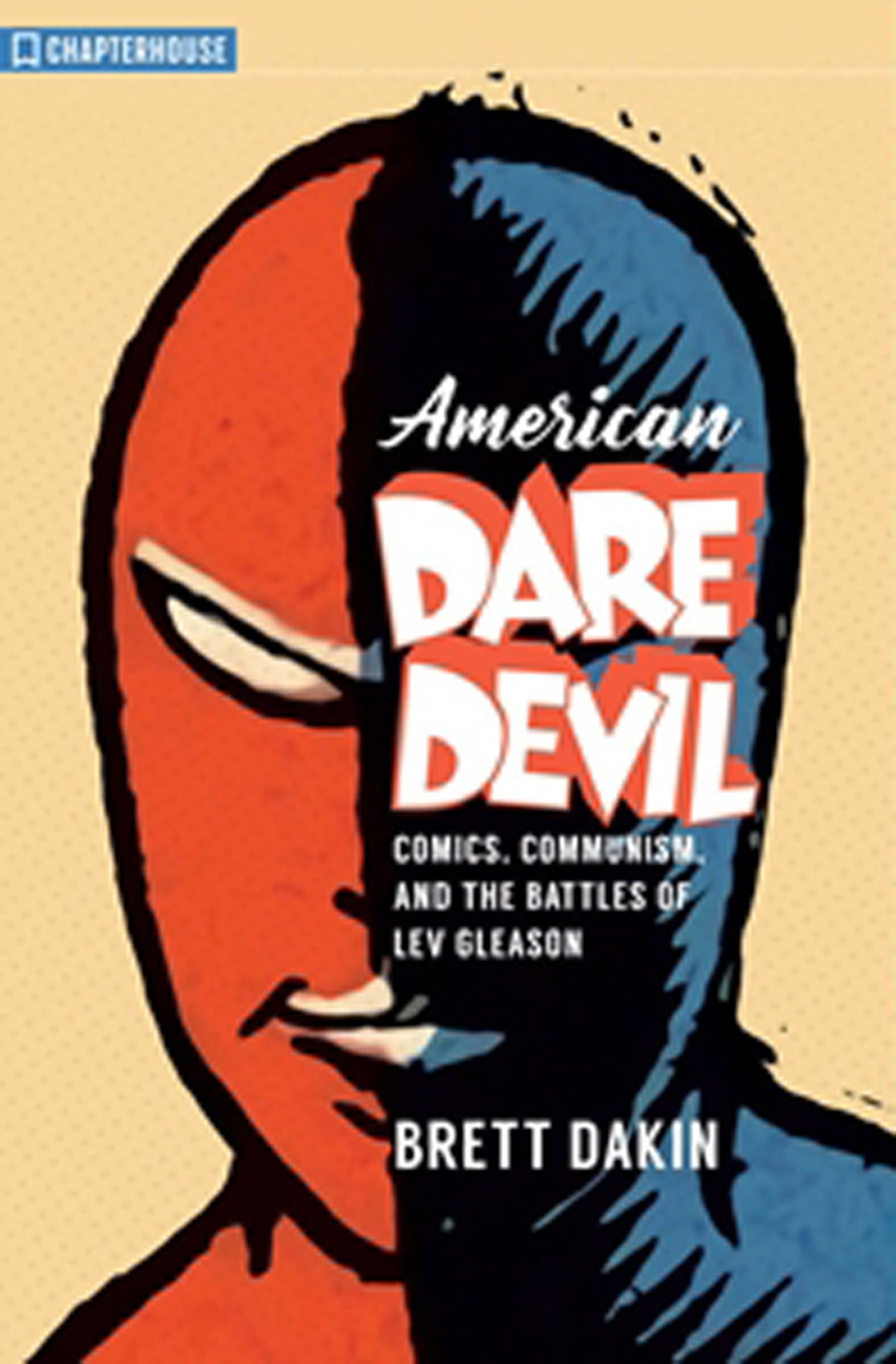
When Brett Dakin set out to learn more about Lev Gleason, his great-uncle who died five years before he was born, he was stunned to find many references to him in The New York Times index under the heading “U.S. — Espionage — Treason.” Thus began the author’s journey to explore the life of Gleason, a comic book publisher who made and lost a fortune, but also, Dakin learned, a war veteran investigated by the FBI and called to testify before the House Un-American Activities Committee, and a progressive activist who put on showy displays of wealth. Even the “Daredevil Battles Hitler” comic book Gleason published, which encouraged U.S. intervention in World War II at a time when many Americans favored isolationism, reflected his convictions.
“The Anointed: New York’s White-Shoe Law Firms — How They Started, How They Grew, and How They Ran the Country,” by Geoffrey S. Stewart ’76 and Jeremiah D. Lambert (Lyons Press)
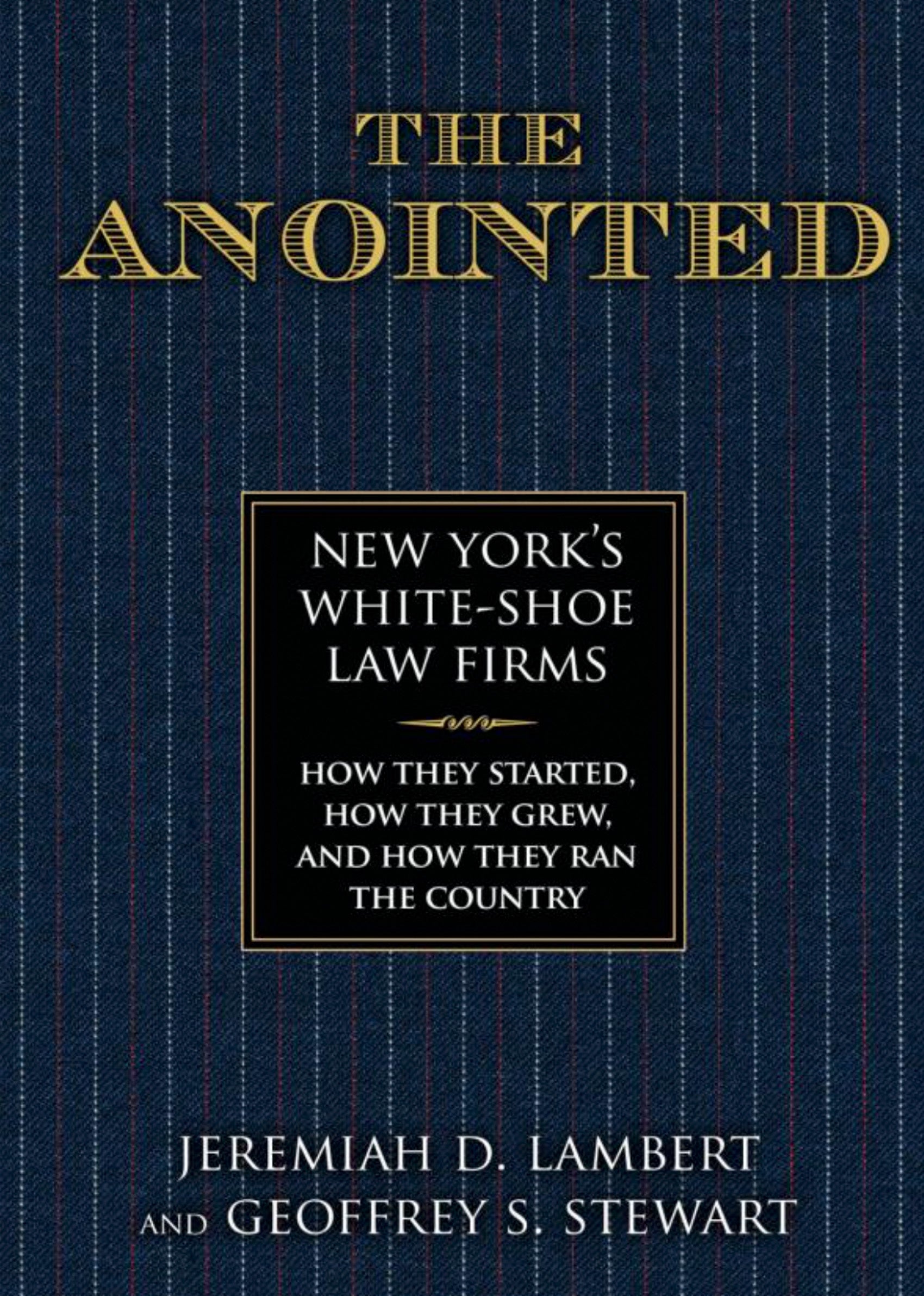
Focusing on three firms, Cravath, Swaine & Moore, Davis Polk & Wardwell, and Sullivan & Cromwell (Geoffrey Stewart worked at Davis, and Jeremiah Lambert at Cravath), the book traces their evolving roles not only in the legal world but also in the nation’s social and economic life. For most of their existence, the firms recruited mostly white Protestant men from Ivy League institutions and elite Eastern prep schools, and operated in exclusive New York social and business circles. By the 1960s, their “starchy social reputation” became a liability, leading to more diverse recruitment and eventual expansion to global practice. The firms remain highly profitable and preeminent, the authors write, because of their ability to accommodate both continuity and change.
“A Worse Place Than Hell: How the Civil War Battle of Fredericksburg Changed a Nation,” by John Matteson ’86 (Norton)
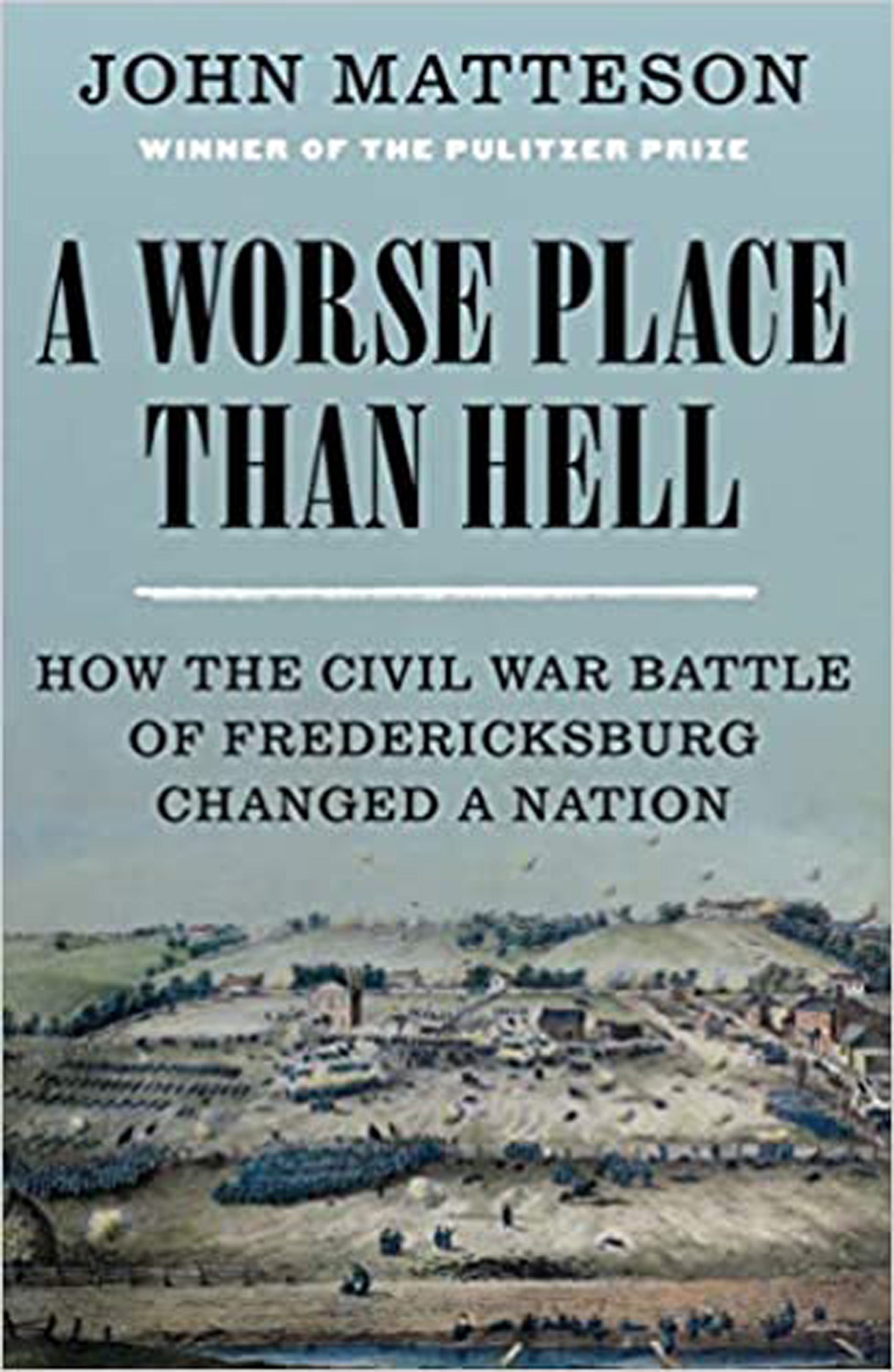
Fredericksburg is not one of the more important battles of the Civil War from a military perspective, according to John Matteson. Yet its cultural impact was immense, he argues, and was exemplified by the experiences of five people who were shaped by the battle: Oliver Wendell Holmes Jr., a Harvard Law School graduate and Supreme Court justice, whose belief in the sanctity of duty was upended by his wartime experience (including being wounded and nearly dying in battle), leading him to view “skeptically the very nature of authority”; John Pelham, a West Point cadet and Southern soldier, whose death, called an irreparable loss by Confederate Gen. Jeb Stuart, toppled assumptions about the invincibility of the Confederacy; Walt Whitman, who traveled in search of his brother wounded at Fredericksburg, later writing poetry and a memoir on the war; Arthur B. Fuller, a chaplain and abolition supporter who despite his frailty took up arms and died in battle; and Louisa May Alcott, whose work as a volunteer nurse influenced her writing, in particular “Little Women.”
“Subway: The Curiosities, Secrets, and Unofficial History of the New York City Transit System,” by John E. Morris ’83 (Black Dog & Leventhal)

Understanding New York City requires an understanding of its subway system, writes John Morris, who provides a colorful history of the people who created it and have shaped it since its inception in 1904. Filled with images, the book explores the “horse-drawn gridlock” that compelled people to seek a less congested means of navigating the city; the massive construction effort; and the subway’s role in popular culture, ranging from the 1912 vaudeville hit “The Subway Glide” to a “Seinfeld” episode revolving around strange encounters on a subway train. For all its faults, the subway serves to bring together a diverse array of riders and “still ranks as one of the greatest shows on earth,” Morris writes.
“Why the Innocent Plead Guilty and the Guilty Go Free: And Other Paradoxes of Our Broken Legal System,” by Jed S. Rakoff ’69 (Farrar, Straus and Giroux)
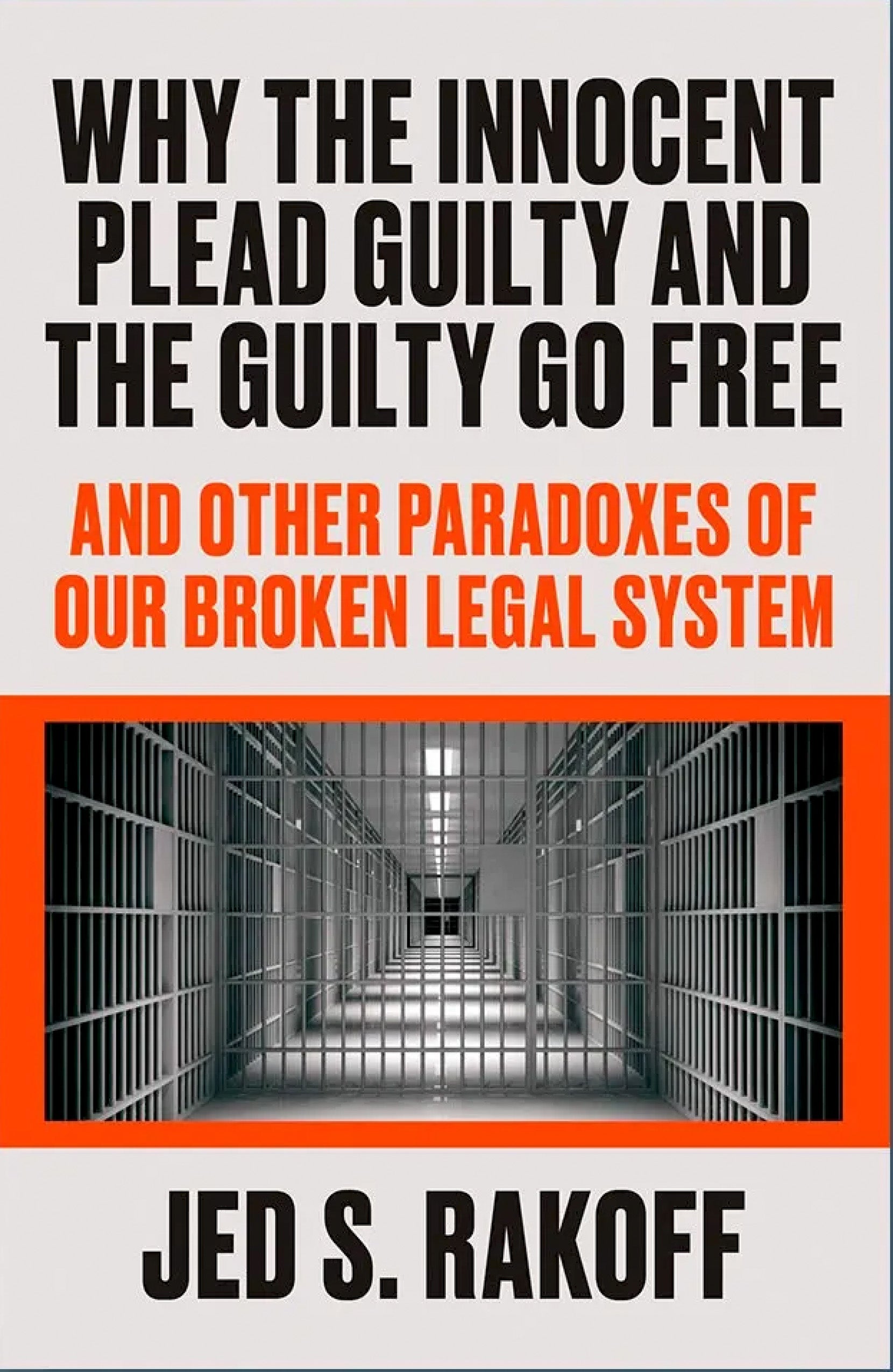
A general faith in the justice system has caused many people to overlook its shortcomings, contends Jed Rakoff, who calls for reforms to address mass incarceration, the death penalty, and access to courts, among other issues. The senior U.S. district court judge, who previously served as a federal prosecutor and criminal defense lawyer, criticizes the plea-bargaining system, which he contends pressures most defendants — including innocent ones — to accept prison time in order to avoid more punitive sentences. He also cites the lack of prosecutions against white-collar crimes, the frequent inaccuracies of eyewitness testimony, and a Supreme Court that is too deferential to the executive branch. Legislatures have the power to improve the system, he writes, provided that they are spurred by voters who recognize that changes should be made.
“Dress Codes: How the Laws of Fashion Made History,” by Richard Thompson Ford ’91 (Simon & Schuster)
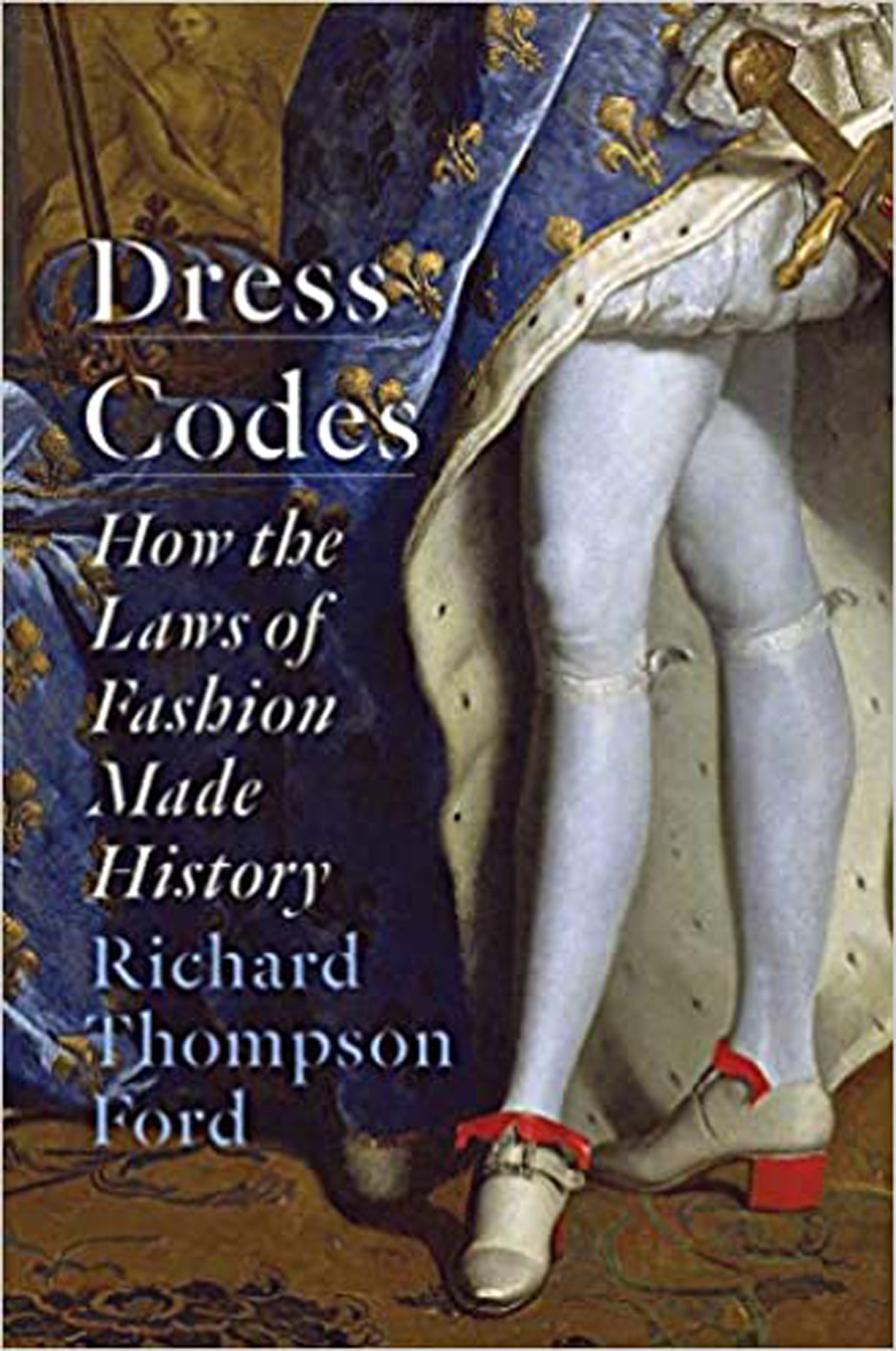
Far from merely a surface matter, fashion is tied to political struggles for equality and individual dignity, and offers important lessons about status, sex, power, and personality, argues Richard Ford, a Stanford Law School professor. Surveying the history of fashion from the Renaissance era to today, he cites examples such as the provision in the Negro Act of 1740 that sought to prevent Black people from wearing clothes “above the condition of slaves,” and the androgynous style of the flappers that challenged norms of “virtuous femininity.” Though acceptance of individual choice in fashion is far more prevalent today, clothing still reflects the social class, race, religion, and sex of the person wearing it, Ford writes.
Read an additional alumni book review by President Barack Obama ’91 from the Bulletin Summer 2021 issue.
***
